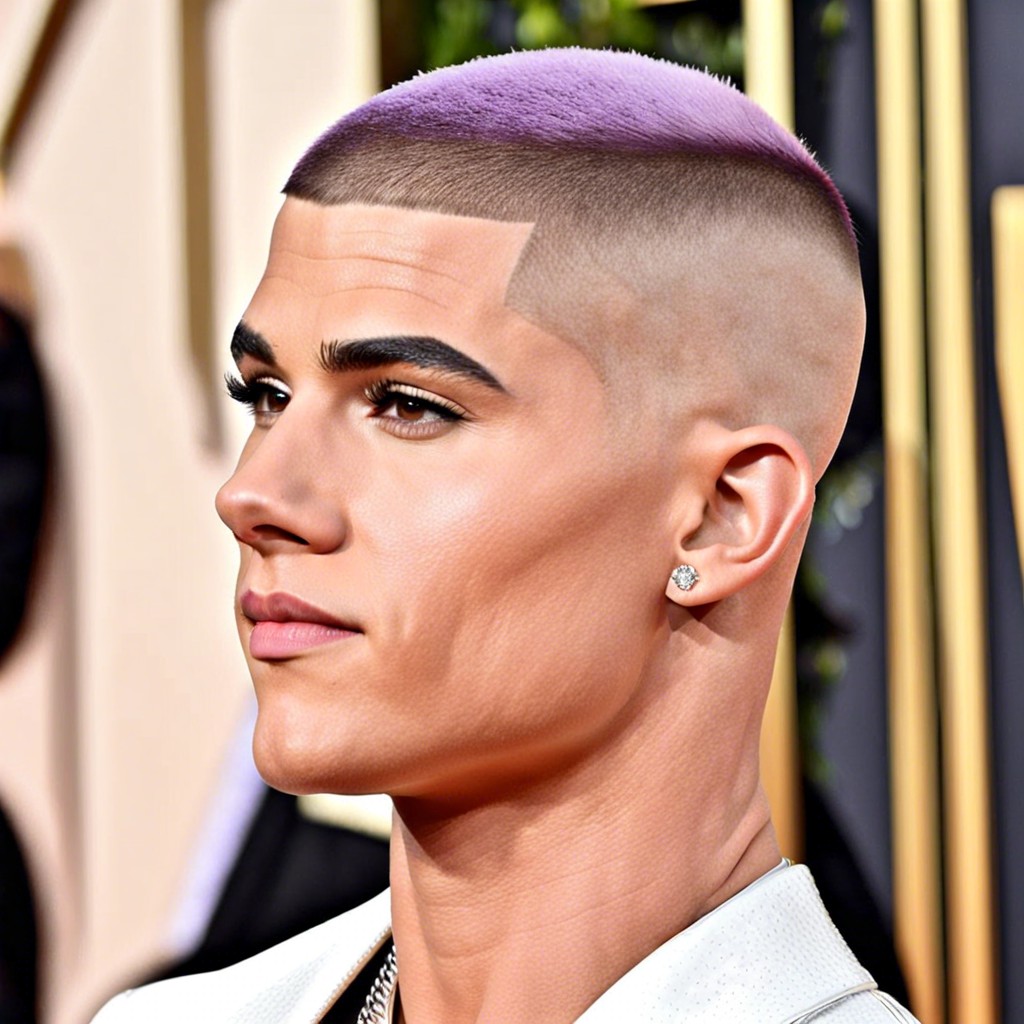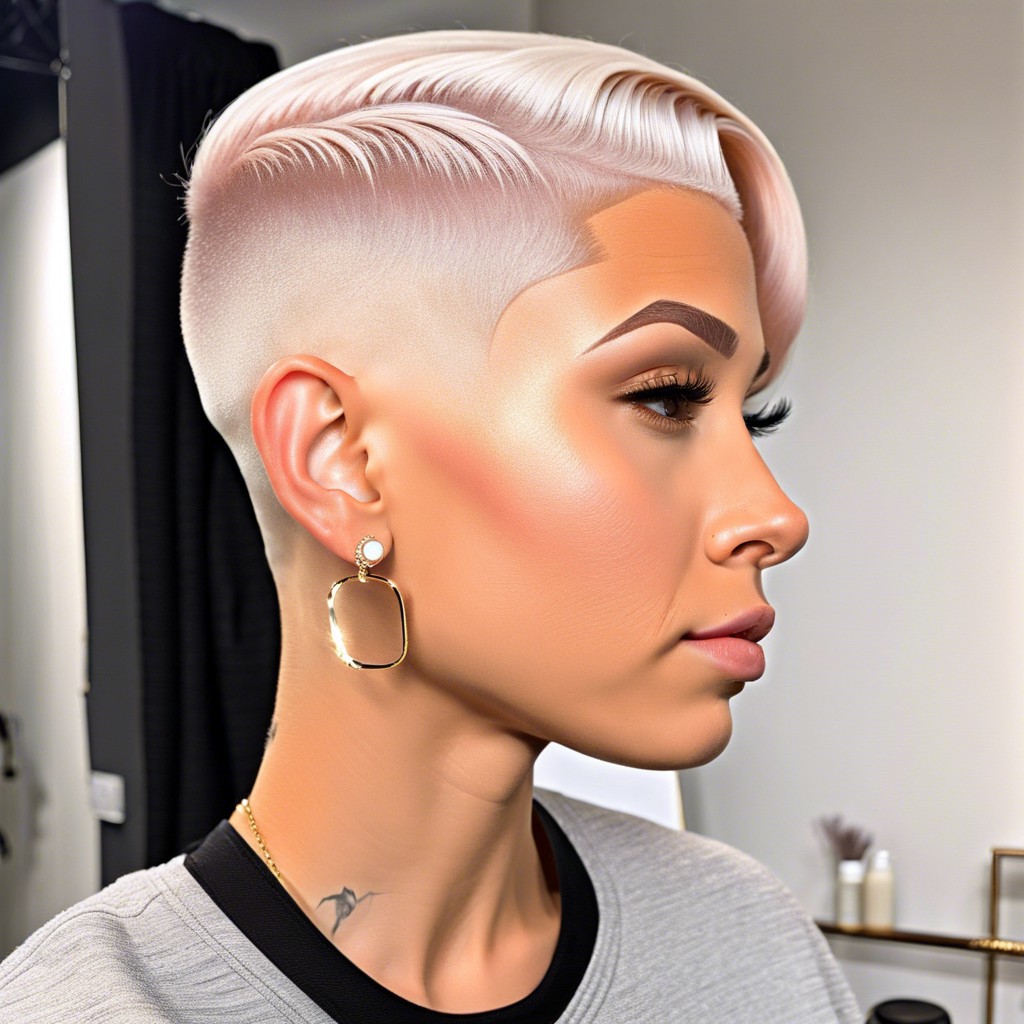Discover contemporary styling options as we discuss the appeal and versatility of the low taper haircut for black men.
Define the Low Taper Haircut for Black Men
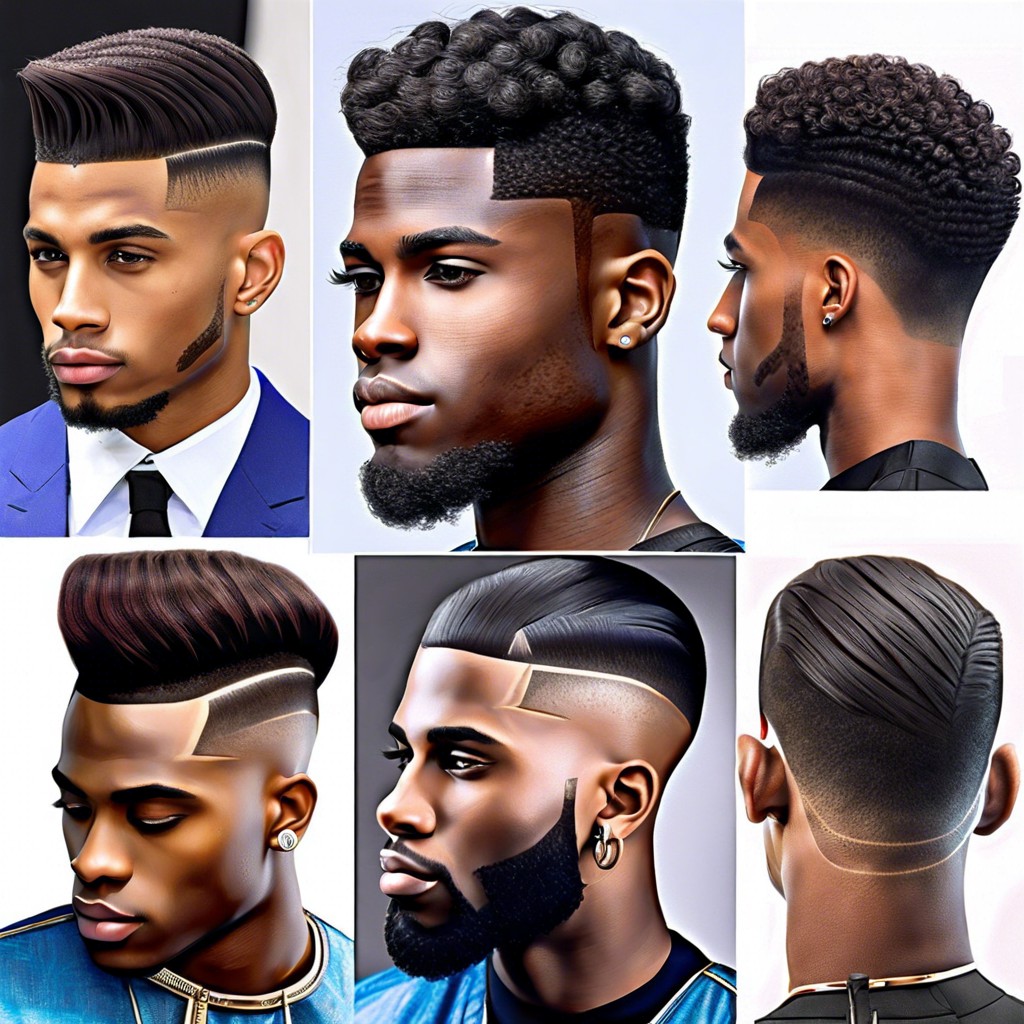
The low taper haircut blends hair gradually from a longer length at the top to shorter around the back and sides. This style defines the hairline with precision, creating a clean and sharp look for black men. It offers versatility, adapting to various lengths and textures while enhancing the natural curl pattern.
Style Variations in Low Taper Haircuts
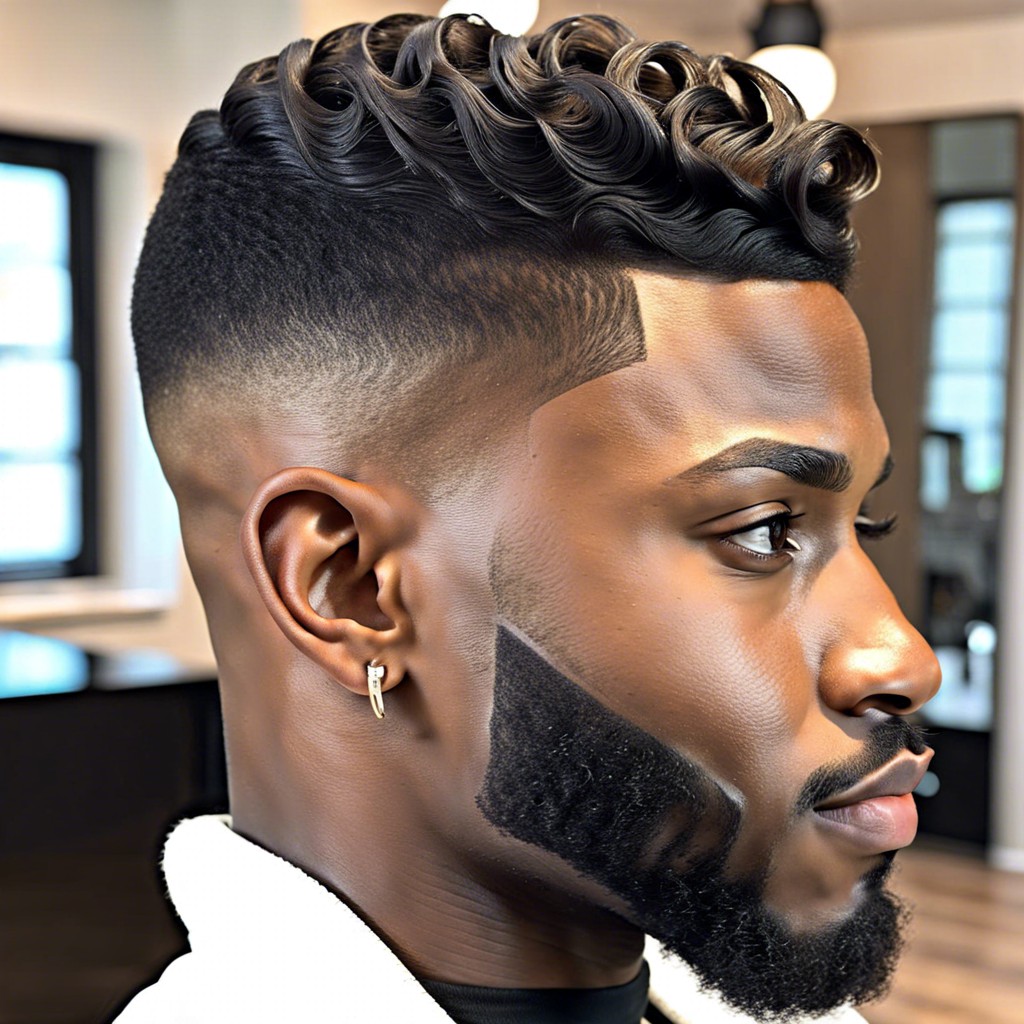
Low taper haircuts can feature sharp, geometric lines that contribute to a sleek, contemporary look. The versatility of the style allows for pairing with various lengths on top, from close-cropped waves to longer, textured curls. Incorporation of designs or a hard part often customizes the taper to reflect individual personalities.
Discuss Suitable Face Shapes for a Low Taper Cut

Oval and square face shapes enhance the symmetry of a low taper haircut, due to the gradual blending at the sides which accentuates the jawline. Round faces benefit from the haircut’s structure, which adds angles and elongates the face for a more chiseled look. For those with a rectangular face, the low taper can soften the length and provide a balanced aesthetic.
Hair Products for Maintaining a Low Taper
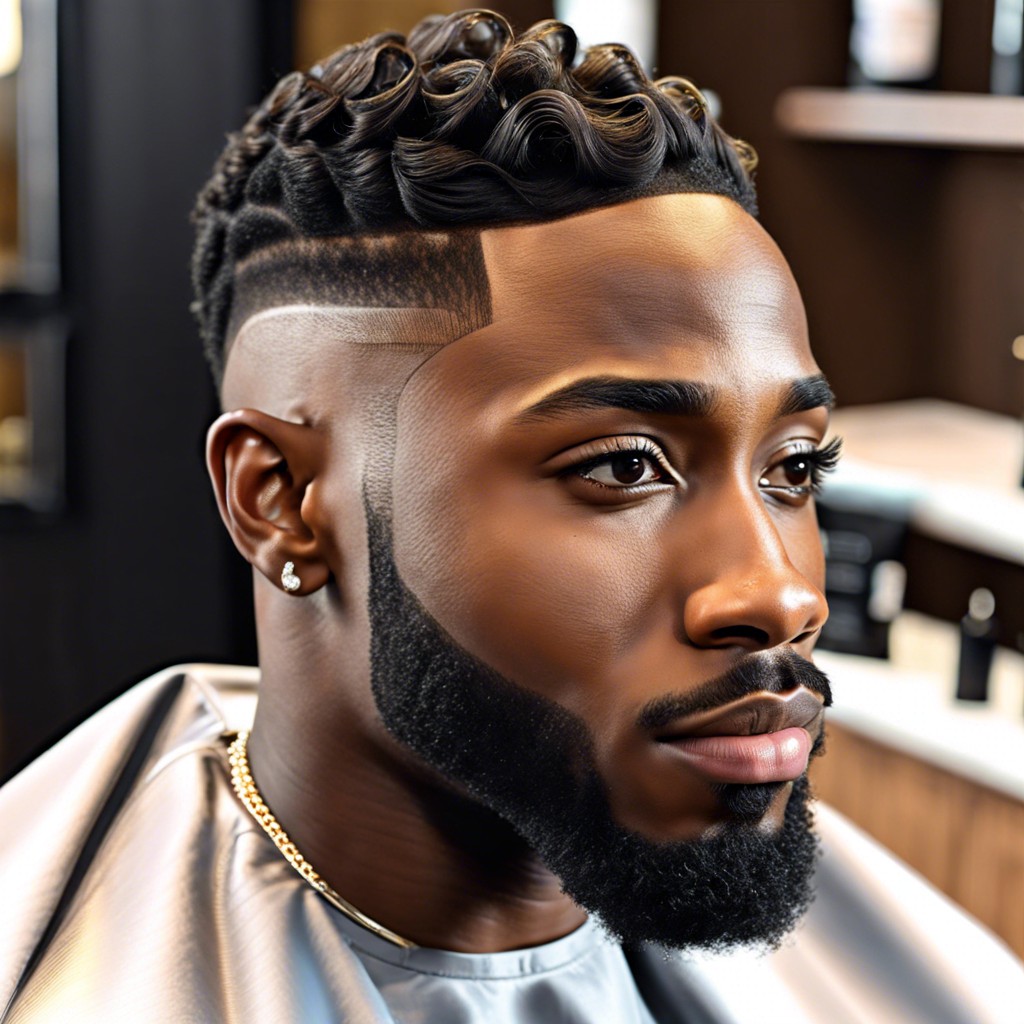
Quality moisturizers are essential to keep the low taper looking fresh and to support scalp health. Light hold pomades or gels can define and maintain the hairstyle throughout the day without heavy build-up. It’s important to utilize a good shampoo and conditioner regimen to ensure that hair is clean and manageable, preserving the neat appearance of the taper.
The Difference Between Low Taper and Fade
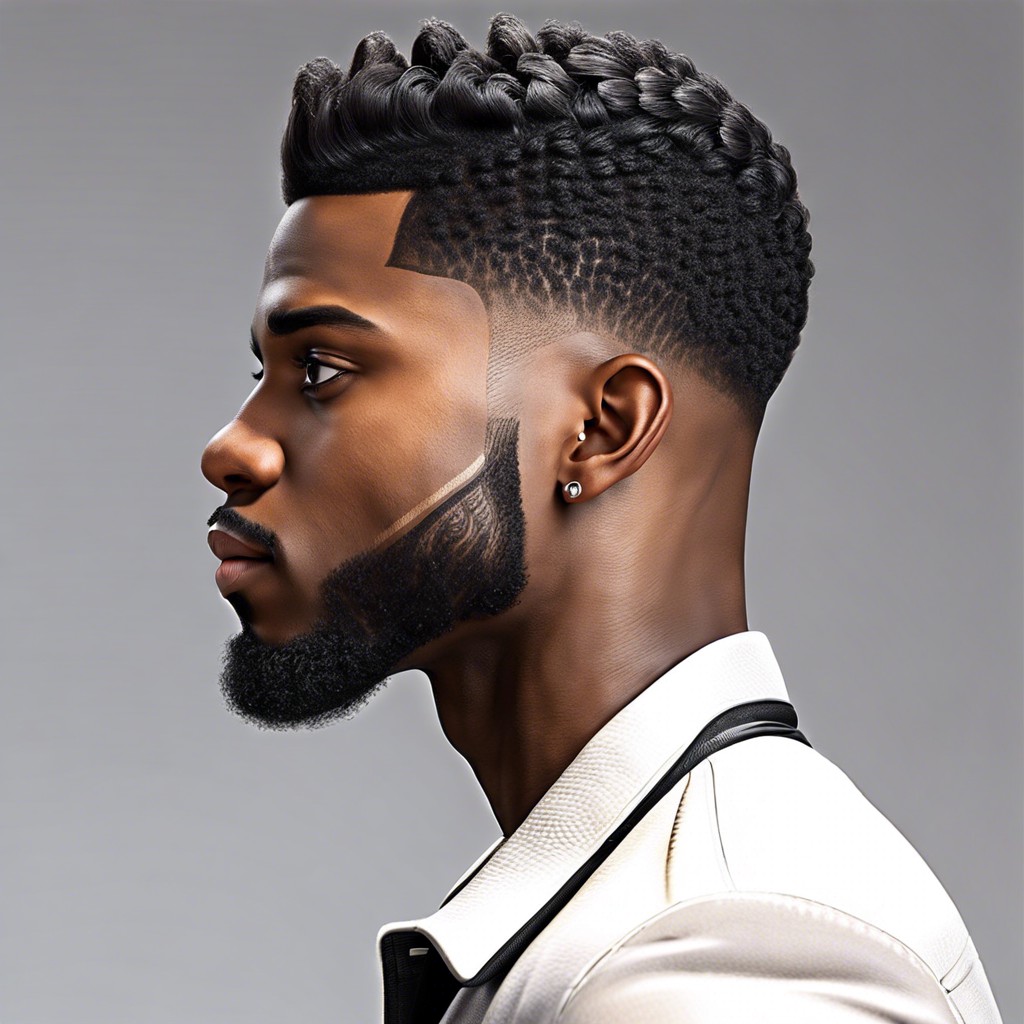
A low taper haircut gradually decreases the hair length near the ear line and nape, appearing almost invisible to the naked eye. Conversely, a fade cut is more pronounced, with the hair length transitioning significantly from long to very short or skin level on the sides and back. While both styles offer a clean, streamlined look, the subtlety of a low taper is distinct from the dramatic gradient of a fade.
How to Communicate Your Desired Low Taper Style to a Barber
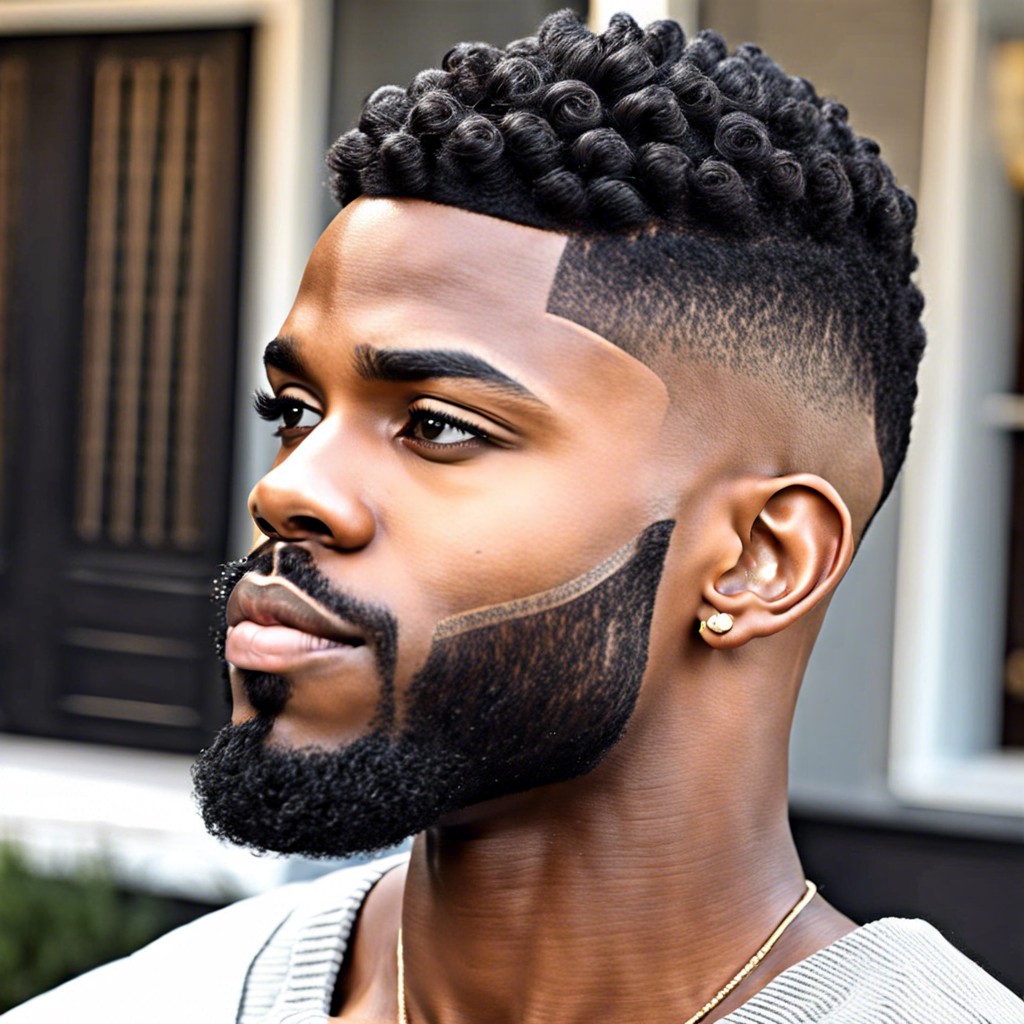
Bring a photo reference to ensure clarity on the specific style desired. Describe the gradient preference and where it should start on the head. Communicate any concerns about hairline or cowlicks that may affect the haircut’s outcome.
The History of the Low Taper in Black Culture

The low taper haircut has roots in the black community, where it has been a staple of grooming for generations. It gained popularity during the Harlem Renaissance, when black aesthetics and culture flourished. Throughout the 20th century, the hairstyle evolved, symbolizing both the civil rights movement and a mark of personal style among black men.
Combining a Low Taper With Different Hair Textures
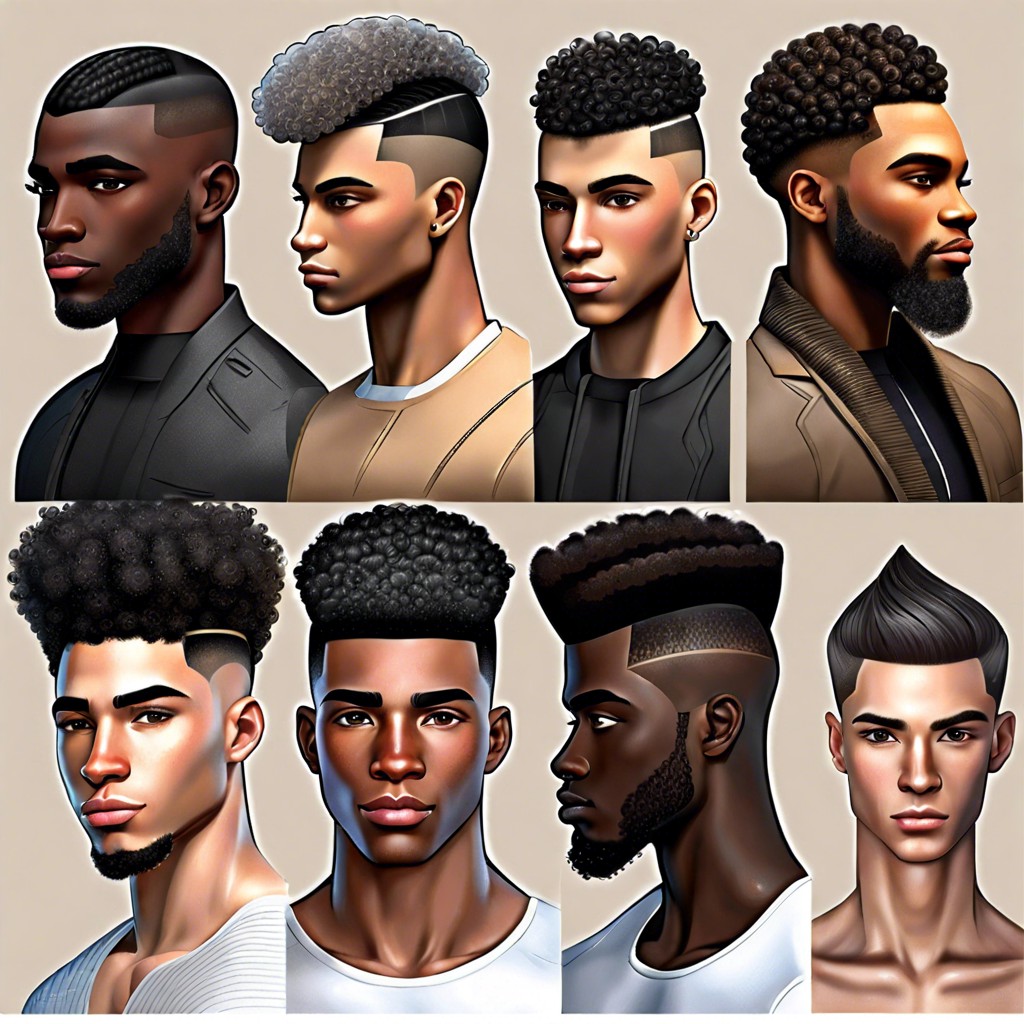
Curly hair can be tapered low to enhance the curls’ texture while providing sleek clean lines near the neck and ears. Straight and wavy textures gain definition and structure with a low taper, giving a tailored look without sacrificing length on top. Those with coiled hair might choose a low taper for a gradual transition that highlights their natural volume.
The Role of the Low Taper in Professional Settings

A low taper provides a sleek, understated look that aligns with the grooming expectations of many professional environments. Its clean lines and subtle graduation in length convey a sense of order and meticulousness, advantageous in client-facing roles. Opting for a low taper can bridge personal style with workplace appropriateness, demonstrating adaptability and attention to detail.
Celebrities Who Have Rocked the Low Taper Look

Drake and Michael B. Jordan have both showcased the versatility of the low taper haircut, elevating its status within fashion. These style icons prove that the haircut can be both a statement piece and a subtle enhancement to overall appearance. By emulating such public figures, individuals are able to adopt a contemporary look that resonates with current trends.
The Maintenance Routine for a Low Taper Haircut
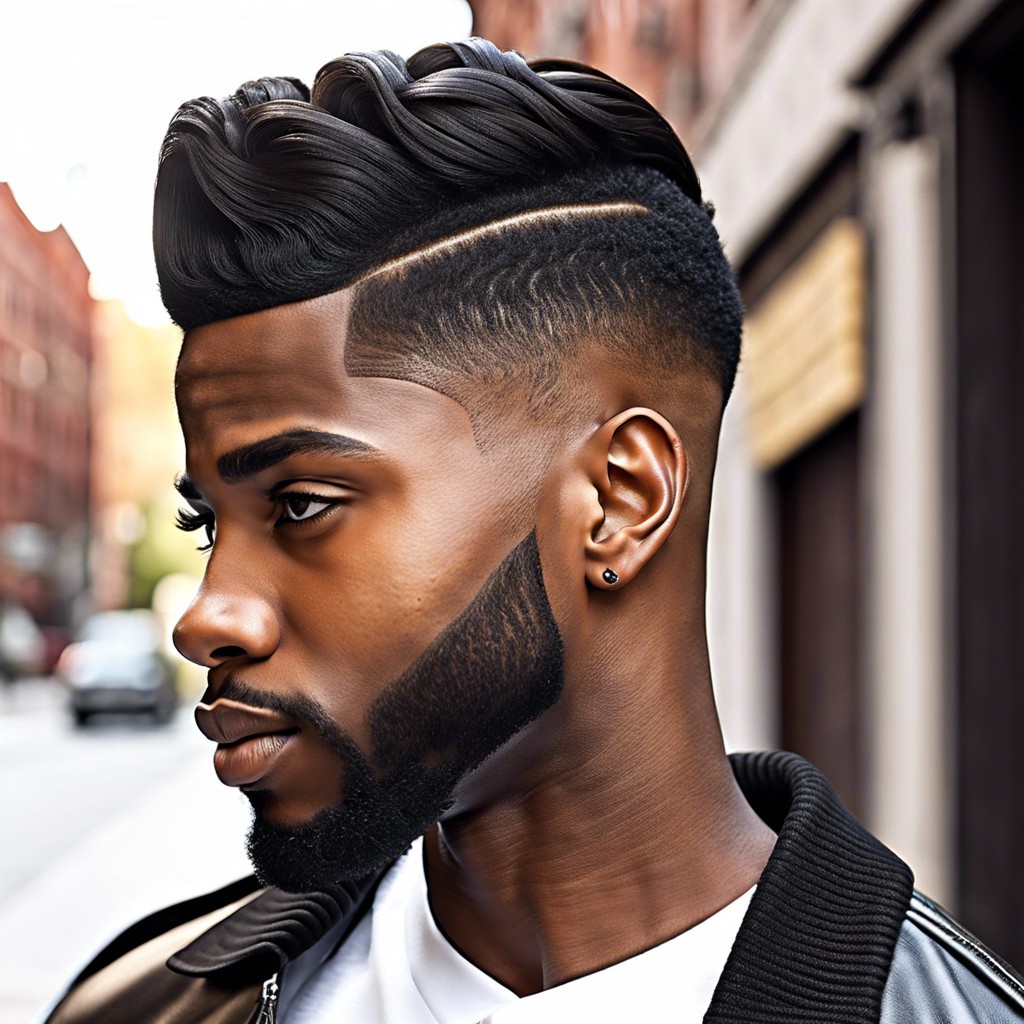
To maintain a low taper haircut, regular trims every 3-4 weeks are essential to keep the sharpness of the cut. Daily combing and the application of a light pomade or moisturizer will help in styling and maintaining the hair’s health. It’s also important to wash the hair with a gentle, sulfate-free shampoo to prevent drying out the scalp and hair.
Accessorizing With a Low Taper (hats, Headbands)

Hats complement the clean lines of a low taper haircut, enhancing its sleek appearance. Headbands serve as practical accessories for active lifestyles, keeping hair in place while showcasing the graduated sides. Choosing the right accessory can elevate the overall aesthetic, ensuring the haircut remains the focal point.
Transitioning From a Different Haircut to a Low Taper
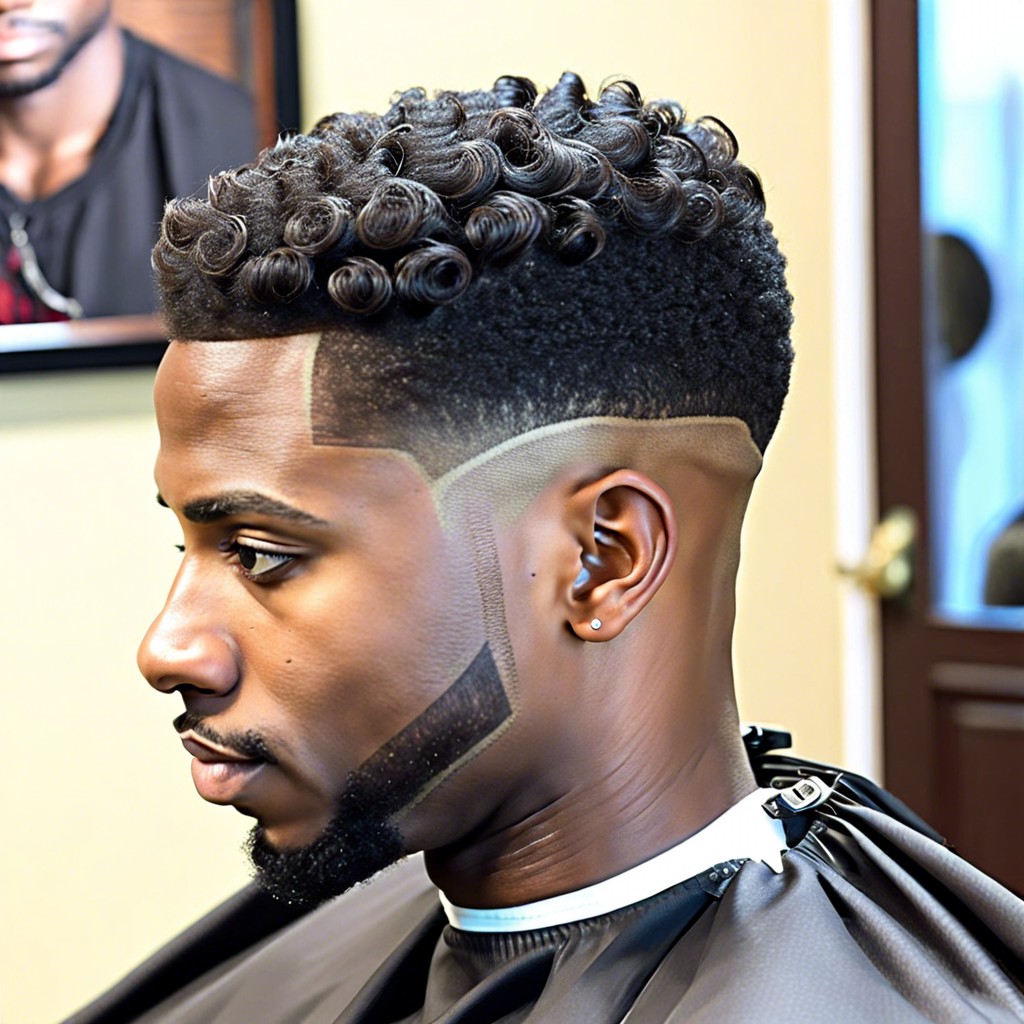
To transition, gradually shorten the sides over several haircut sessions to avoid a drastic change. Discuss a transitional style plan with your barber to ensure a smooth shift to a low taper look. Keep in mind the hair growth rate to time the transition appropriately and maintain the desired length.
How Often to Trim for Keeping a Perfect Low Taper

To maintain the sharpness of a low taper, a trim every two to three weeks is recommended. Regular barber visits ensure clean lines and prevent the haircut from losing its distinct shape. Keeping a consistent trimming schedule is essential for a well-groomed appearance.
The Cultural Significance of the Low Taper in the Black Community
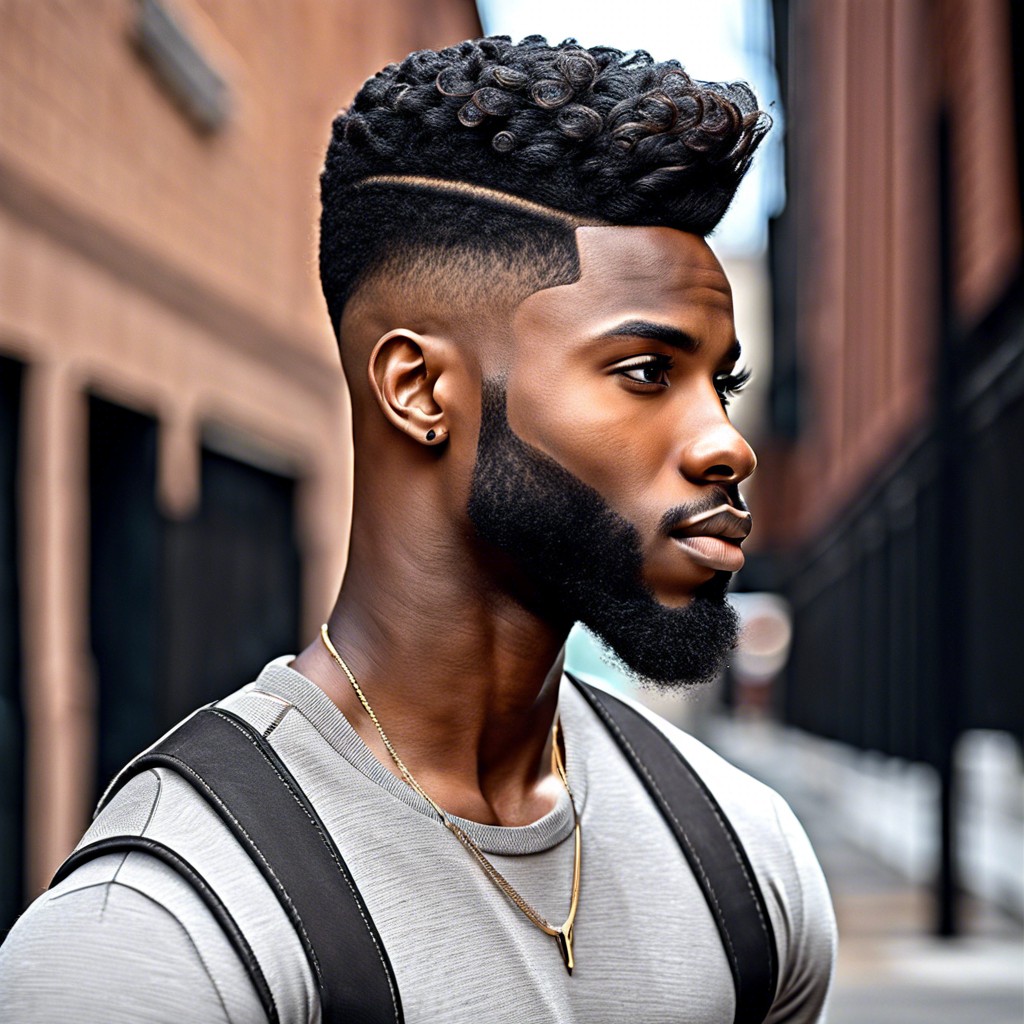
The low taper haircut has long stood as a symbol of crisp sophistication within the black community. It encapsulates a blend of modern style consciousness and cultural identity, often serving as a nod to heritage and personal expression. This haircut has been embraced as a staple, signifying a polished aesthetic that aligns with the progressive values of contemporary black culture.
